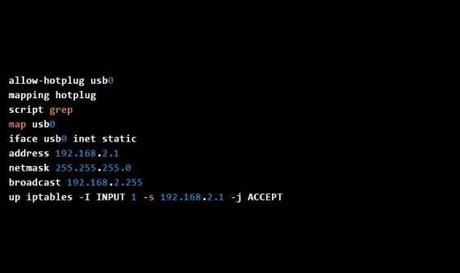

Key Short-cut Summaryįor some reason the official nano website keeps the nano “Control” and “Meta” short-cuts a closely guarded secret so I have listed them here. If you need to edit a number of files you need to quit and then load each one in turn from the command line. You need to launch it from the command line. Although you can insert a file into the current buffer you can not open a file directly once you are in nano. You can’t open files once nano is running. To perform a search and replace use ALT+R. Enter the text you need to find and press Enter. Then position your cursor after the text and use CTRL+K or ALT+6 to cut or copy. Position your cursor at the start of the text and press CTRL+6. You can also mark a block of text before cutting. Using CTRL+U again will paste another set of text if required. They are pasted in the order that you cut/copied them. To cut or copy multiple lines use CTRL+K or ALT+6 on each line and then paste them all using a single CTRL+U. Paste a line at the cursor position using CTRL+U. Cutting and PastingĬut a line using CTRL+K. If you’ve changed your mind at this point you can return the main edit screen using CTRL+C. You will be prompted to save your file if it has changed and you can answer this prompt with either a Y or a N. To get you started here is a brief summary of nano’s most useful features. You can list these keys while in nano using CTRL+G (Press and hold the CTRL key then press the G key) : nano Help Pages (CTRL+G) These short-cuts are listed at the end of this post. Additional functions can be activated by using the CTRL or ESC keys. It disables wrapping long lines and ensures the file isn’t modified in a way that may affect your system. Note: Always use the -w switch when opening system files. If the file is a system file you may need to use elevated permissions : sudo nano -w /etc/fstab
#Raspberry pi gedit full#
If your file is not in the current directory you will need to specify the full path : nano /home/pi/berrryclip/berryclip_01.py You will see something like this : nano Main Screen In order to launch an existing text file you type nano followed by the file name : nano berryclip_01.py In other words an empty text file that has no name.

To start nano you can simply type nano at the command prompt. Syntax colouring is available which makes reading and reviewing scripts easy. There are other text editors available but I prefer nano’s relatively straightforward interface.Īs a command line based utility it may feel strange for users who are more familiar with a graphical interface but it is easy to learn the basics. If I need to edit text files directly on my Raspberry Pi my text editor of choice is nano.


 0 kommentar(er)
0 kommentar(er)
